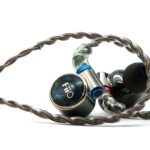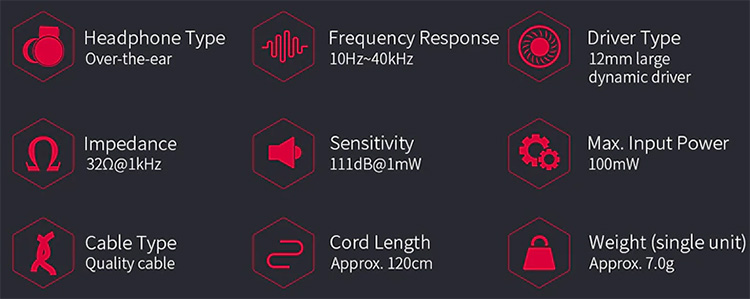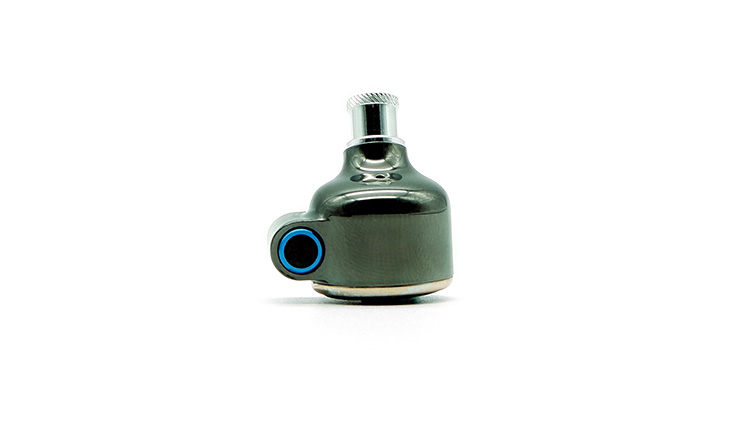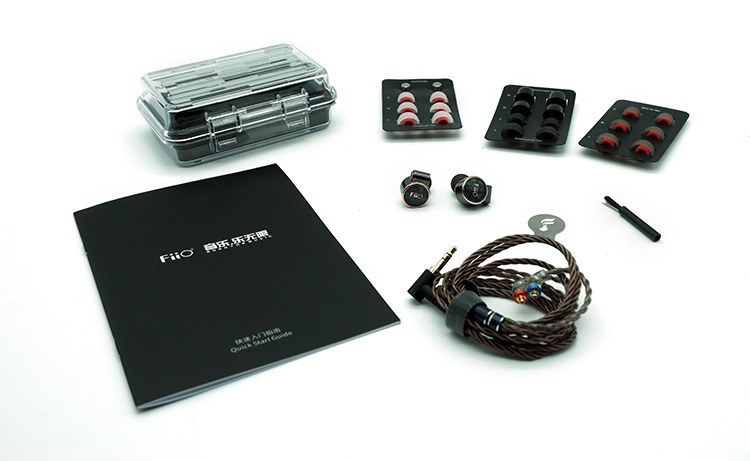The FiiO FD3 universal in-ear monitor features a newly engineered 12mm single DLC dynamic driver and a semi-open design. It is priced at $109.99
Disclaimer: The FiiO FD3 sent to us is a sample in exchange for our honest opinion in this review. We thank FiiO for this opportunity.
To learn more about FiiO reviews on Headfonics you can click here.
Note, this 2-page review follows our new scoring guidelines for 2021 which you can read up on here.
With FiiO IEMs, the model names indicate the type of drivers that are used in their IEMs. For IEMs that are based on dynamic drivers, the model series starts with FD.
Having already launched the entry-level FD1, and the higher-end model, the FD5, which have both come across our office, it only makes sense that FiiO would release a midrange dynamic driver-based IEM in the FD3.
Tech Highlights
As FiiO’s naming convention suggests, the FD3 houses a dynamic driver. The dynamic driver inside the FD3 is a 12mm dynamic driver that is driven by a magnetic circuit with a 1.5 Tesla magnetic flux density paired with an ultra-fine copper-clad aluminum Japanese Daikoku voice coil.
Each 12mm dynamic driver is made of Diamond-like Carbon(DLC), a material that remains rigid to help reduce distortion while remaining surprisingly light. This allows the FD3 to be both sensitive while keeping distortion in check.
Similar to the FD5, the FD3 is also equipped with an acoustic prism that will eliminate high frequency standing waves, while enhancing overall sound wave diffusion.
Finally, the FD3 also has a semi-open back design that will lead to an overall more neutral tonal balance while balancing the air pressure to alleviate pressure on the eardrums preventing long-term listening fatigue.
Design
Like most modern IEMs, the FD3 is an ear hook design IEM with detachable cables. The cable terminates in an MMCX connection to ensure that the connection remains firm while having a myriad of choices for aftermarket cables.
The shells are mainly divided into 2 parts. First, there is a short stem where the vents and the terminals are found, then the second is a circular shell that houses the 12mm dynamic drivers themselves.
Each shell is made of an aluminum-magnesium alloy that allows the FD3 to remain light while being sturdy. The aluminum-magnesium shells are each inlaid with unique celluloid inserts with the FiiO branding in rose gold which are then finally coated with 2.5D film-coated glass. This ensures that the aesthetics of the FD3 shine through while remaining durable.
Both the MMCX terminals and the air vent have color-coded rings that make the identification of the left and right shells much easier. Aside from that, left and right indicators are also etched on the inside of the shells.
Comfort & Isolation
Since the FD3’s shells are made of an aluminum-magnesium alloy, it’s on the lighter side. The overall size of the shells themselves are also smaller than most other IEMs. This makes sure that the FD3 can easily fit most ears and remain comfortable.
I was able to wear the FD3 for more than 2 hours without feeling any discomfort which is impressive as I don’t normally last that long with most IEMs.
With the open-back nature of the FD3, it came as no surprise that I could hear some of my surroundings when there isn’t any music playing. However, when the music starts playing, the surroundings fade away similarly as open-back headphones do.
The open-backed nature of the FD3 also ensures that there won’t be a feeling of my eardrums being sucked out even when I wear foam tips.
Tips
With the shorter stems and lips on the FD3, the ear tips that come with the FD3 are all comfortable. However, care must be taken for the IEMs to fit inside your ears properly, so pushing on the circular part to get the right fit for the IEM is a must to get the best sound out of them.
Even the foam tips, which would normally feel too closed-in for me, are surprisingly comfortable. All stock ear tips also remain firmly in place mainly due to that all-important lip.
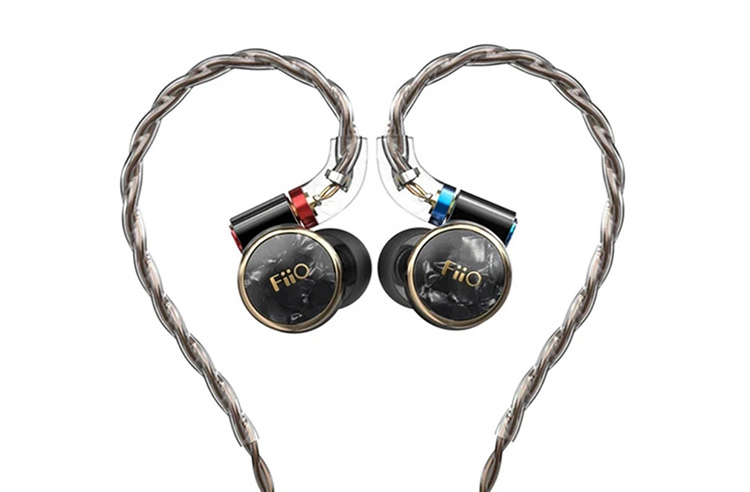
Stock Cable
One of the most glaring differences between the FD3 and the FD3 Pro is the cable. While we don’t have an FD3 Pro to compare, the cable that comes with the FD3 already feels well-made.
The cable is made of 4 strands of high purity monocrystalline copper which makes it a total of 120 strands of wire inside the cables.
The cable is terminated in a bent MMCX connector that ensures that the cable will ergonomically fit around your ears. Each MMCX terminal is also color-coded with a red and blue band for easy identification of the left and right sides.
While the part that goes around your ear is molded with clear shrinkable plastic to conform to the curvature of the ears to make the cables manageable when they are worn.
Without having an outer PVC sheath, the cable is soft throughout the entire length virtually eliminating any possibility of microphonics. So on-the-go listening would be as quiet as possible on a pair of wired IEMs.
Despite having no outer sheath, the stock cable on the FD3 doesn’t seem to tangle easily, which gives me confidence that it would last quite a while. Typically, softer cables get tangled easily, however, these remain quite disciplined when I take them out of the carrying case.
Packaging & Accessories
Packaging
The package that the FD3 arrives in is what I have gotten used to with FiiO’s current IEM lineup. The FD3 arrives in a flip-type magnetic box that has foam inserts and extra boxes that house the other accessories.
This package does a good job of protecting the IEMs and the accessories while keeping everything organized and ready for presentation once the box is opened by the user. While this is a standard for FiiO higher-priced IEMs, it’s good that they have remained consistent about ensuring quality even at the relatively low end of their product offerings.
Tuning Accessories
Based on my past experiences with FiiO IEMs, I have always seen FiiO being generous with the accessories that their IEMs arrive with. The FD3 is no different, where it arrives with more accessories than other IEMs in its price point.
For the FD3, FiiO has sent over 4 types of ear tips that are neatly arranged in cards, with a short description of what each type of ear tip does to the tonal balance.
The FD3 comes attached with a pair of medium balanced ear tips, so there are just small and large balanced ear tips, while there are small, medium, and large ear tips on both the cards that are labeled as Bass and Vocal. There are also 2 pairs of medium memory foam ear tips.
Aside from ear tips, the FD3 also comes with an extra pair of sound tubes that can change the sound. By default, the FD3 arrives with the red sound tubes attached, FiiO mentions that the red sound tubes have a smaller inside diameter which allows them to generate more bass. The black sound tube on the other hand has a larger inside diameter that allows for a better treble response.
Other Accessories
The carrying case that arrives with the FD3 is the typical clear clamshell case that arrives with most other FiiO IEMs. I raved about this accessory before because it even came with their entry-level FD1. This is still a nice addition to an IEM at the FD3’s price point though.
Aside from the carrying case, I also found a small thin piece of metal inside the package. This thin piece of metal is meant to assist with the removal of the FD3’s shells from the cable terminations.
This tool makes it much easier to remove the shells from the cables without risking any damage. Finally, FiiO also includes a cleaning brush for cleaning the nozzles and the inside of the IEM shells.
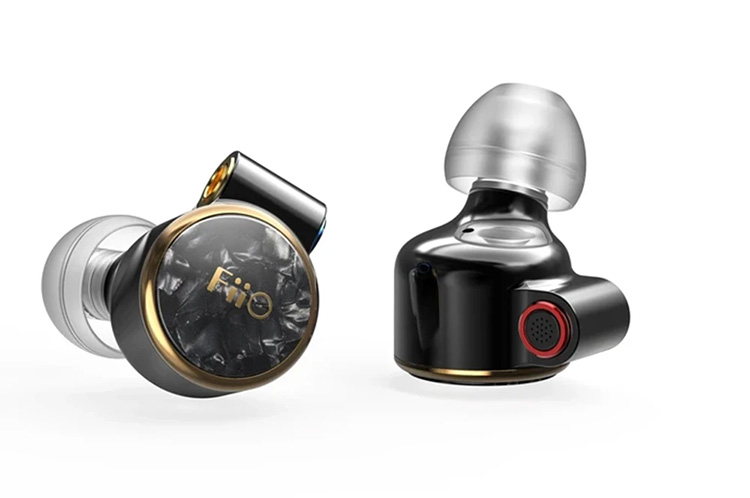
Sound Impressions
Bass
With most dynamic drivers, it’s typical to hear a roll-off, particularly with the sub-bass region. However, with the FD3, it isn’t as pronounced as I have come to expect. I think this is partly due to the frequency response rating of the FD3, where it starts at 10Hz, which allows it to roll off at a lower frequency than usual.
The less rolled-off bass response allows the FD3 to have an ethereal sub-bass quality which can flood the entire sound field while steering away from being exaggerated.
Since the FD3 has a naturally tuned sub-bass response, the FD3 doesn’t need to have an emphasized mid-bass hump to create the illusion of more bass. This in turn allows the FD3 to have a relatively flat mid-bass tuning to ensure that the bass doesn’t get particularly bloomy.
The mid-bass quality of the FD3 has a dispersed quality, so drum hits aren’t as rounded as I have come to expect. However, the bass remains generally detailed, so textures of bass guitars, or drum hits are conveyed clearly. Each bass hit also has a good amount of attack and sustain with a natural quality.
Mids
There is a good amount of vocal presence with the FD3, however, it won’t be particularly emphasized compared to the other frequency ranges. With female vocals, such as with vocalists like Susan Wong, the soft quality of the vocal execution comes through confidently. Don’t expect the FD3 to enhance the vocal range with harmonic embellishments though.
In the same way, with male vocals, the FD3 presents an honest presentation of how the vocalists naturally sound. The vocal texture is present, but not exaggerated, so vocalists like Josh Groban that have a warmer vocal presentation will still shine through, but drier vocalists will remain dry.
When it comes to instrumental presentation, piano tracks maintain a good harmonic balance with the lower treble. However, when it comes to the body behind each note, there is a sense of each note lacking an immediate sense of attack. Similarly, guitars sound harmonically balanced while having a textured and detailed presentation.
Treble
The lower treble is energetic, so cymbal hits are easily noticed. Treble can also be discerned easily, while the immediacy of attack and decay of each cymbal hit is relatively natural sounding. So each hit sounds immediate while having a healthy amount of splash and sizzle.
However, when it comes to the weight behind treble instruments, or harmonic overtones found in the treble frequencies, there is a lack in the overall weight. While the treble notes can peak through the rest of the frequencies, the lack of treble weight makes it less emphasized even when treble sparkle can still shine through.
Soundstage
With the open-back nature of the FD3, the soundstage naturally becomes wide, particularly for an IEM at this price point. There doesn’t seem to be any artificial boundaries to the width of the soundstage. While images are formed a few inches away from my head with good accuracy.
Spacing between the images is also properly depicted and does not sound smeared with complex musical passages. Although there is a sense of layering within the soundstage, which allows images to be formed at different depths of the soundstage, the images formed are still flat. So a 3d image within the soundstage is a bit difficult to form.
Click on page 2 below for pairings and select comparisons.


